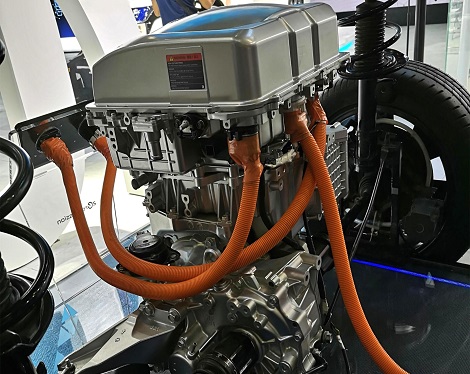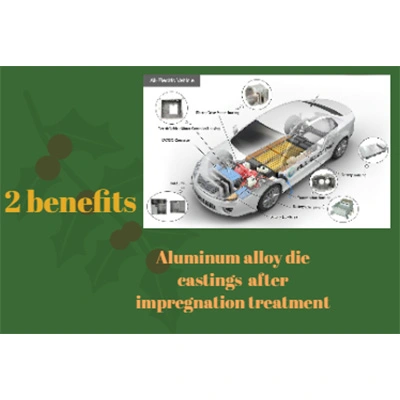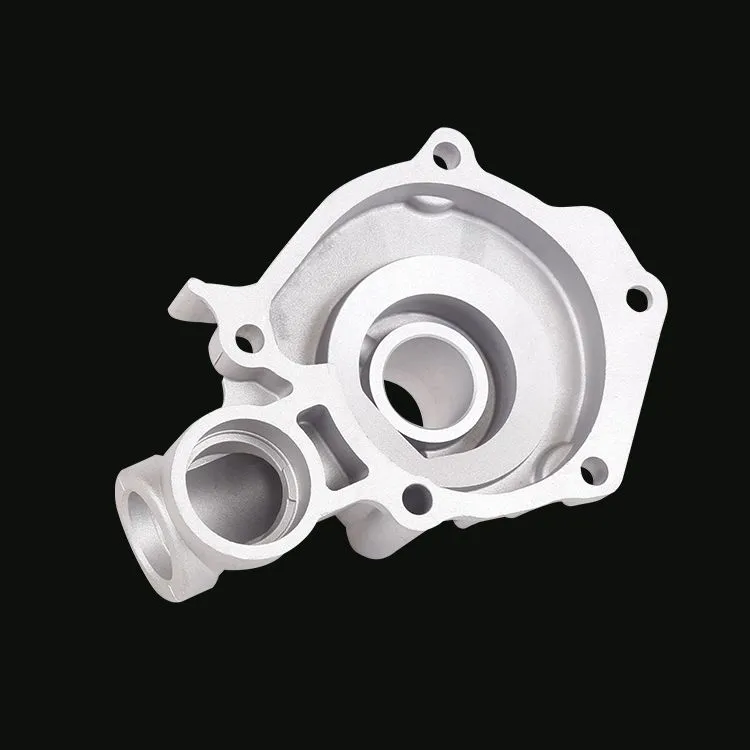

As an important part of the car, the car shell not only carries the important responsibility of protecting the vehicle structure and passenger safety, but also the key element of displaying the car design concept and brand image. The selection and application of different materials have a profound impact on motor housing design. This paper will focus on this topic and analyze the influence of different materials on motor housing design from four subheadings.
Traditional metal materials, such as steel and aluminum alloy, have a wide range of applications in motor housing design. The steel material has high strength and rigidity, which can effectively protect the vehicle structure, but its weight is large, which is not conducive to the lightweight design of the car. Aluminum alloy materials are relatively light and have good corrosion resistance, but the cost is high and the processing is difficult. Therefore, when designing motor housing, it is necessary to consider the strength, weight, cost and processing performance of the material to achieve the best design effect.
With the advancement of science and technology and the improvement of environmental awareness, the application of lightweight materials in motor housing design is gradually increasing. Lightweight materials such as carbon fiber, glass fiber and other composite materials and polymer plastics, with lower density and good mechanical properties, can effectively reduce the weight of vehicles, improve fuel economy. At the same time, these materials also have good design flexibility, which can create more complex and unique appearance. However, the cost of lightweight materials is relatively high and may not be as good as traditional metal materials in some properties. Therefore, when selecting lightweight materials, it is necessary to consider factors such as their performance, cost and production process.
In recent years, smart materials have shown great potential in the field of motor housing die casting design. These materials have adaptive, self-healing and other functions, and can be intelligently adjusted according to environmental changes and use needs. For example, some smart materials can improve the visual comfort of the car by changing the surface structure or color to adapt to different lighting conditions. In addition, some smart materials also have excellent sound and thermal insulation properties, which can enhance the driving experience of the car. However, the research and development and application of smart materials are still in their infancy and need to further break through technical bottlenecks and reduce costs to achieve a wider range of applications.
With the continuous development of materials science and the increasingly stringent environmental regulations, the future motor housing design will pay more attention to the environmental protection, sustainability and high performance of materials. New environmental protection materials, bio-based materials and degradable materials will become the focus of research. At the same time, with the rapid development of intelligent manufacturing technology, the preparation and processing of materials will be more efficient, accurate and intelligent. These new trends will have a profound impact on motor housing design, driving the automotive manufacturing industry to a greener, smarter and more efficient direction.
In short, different materials have a significant impact on motor housing design. In the selection of materials, it is necessary to consider its performance, cost, processing performance and environmental protection and other factors to achieve the best design effect. In the future, with the continuous development of material science and technological innovation, we have reason to believe that motor housing design from the leading motor housing manufacturers will usher in a better future.

